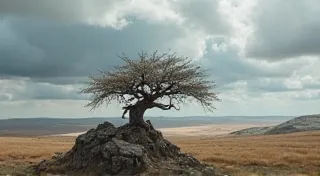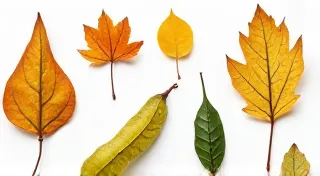The Glaze's Alchemy: Understanding Regional Color Palettes
There’s a certain magic to antique pottery, a quiet resonance that speaks of generations past. It’s more than just the form; it’s the color, the glaze – that shimmering surface that captures the light and hints at a history rich in tradition. Holding a piece of regional pottery, you're not just holding a vessel; you're holding a piece of the land itself, a testament to the ingenuity and skill of craftspeople who worked in harmony with their environment. This article explores the fascinating world of regional pottery color palettes, delving into the natural materials and firing techniques that contribute to those distinctive hues.
My earliest memory of truly appreciating pottery wasn't in a museum or gallery. It was in my grandmother’s kitchen, lined with shelves filled with plates and bowls from her childhood home in rural Kentucky. They weren't pristine, mass-produced pieces. The colors were earthy – browns, greens, creams, tinged with a subtle reddish-orange. They were imperfect, with slight variations in glaze thickness and tiny cracks that spoke of a life well-lived. Those colors weren't chosen; they were *discovered*, the result of the clay itself, the available wood for firing, and the deep understanding passed down through generations. I remember tracing the patterns with my fingers, imagining the hands that shaped and fired them, and feeling a profound sense of connection to a history I was only beginning to understand.
The Clay's Foundation: Regional Materials
The most fundamental element in any pottery’s color story is the clay itself. Different regions boast unique clay deposits, each with a distinct mineral composition. Iron oxides, for example, are the most common culprits behind those characteristic reddish-brown and rusty hues you see in so much traditional pottery. The amount of iron present dictates the color's intensity. Areas rich in iron, like the Mississippi River Valley in the United States, often produce pottery with a warm, earthy tone. Conversely, clay with high silica content can lead to a whiter, more translucent result. In Japan, the clay from Bizen is renowned for its iron content, contributing to the deeply colored, often black, Bizen ware. The very essence of the material speaks to the location and history; it’s a tangible link to the environment and the people who worked it.
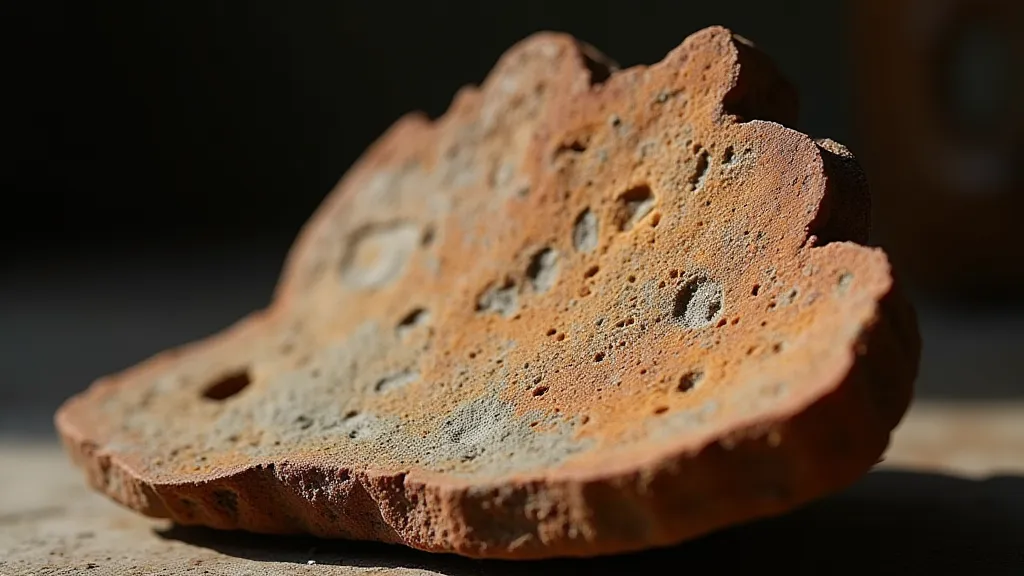
The Wood-Fired Embrace: Kiln Influence
The firing process is where the real alchemy begins. Historically, most regional pottery was fired in wood-fired kilns. These kilns, often built from local stone and clay, created fluctuating temperatures and a smoky atmosphere, influencing the glaze’s final color in unpredictable and beautiful ways. The type of wood used also plays a significant role. Oak, for example, produces a hotter, more intense fire, resulting in darker glazes. Pine, with its resinous content, can create a mottled, “salt-and-pepper” effect. The smoke itself becomes incorporated into the glaze, imbuing it with subtle shades of grey, blue, or black. This isn's a precise science; it’s an artistic dance between the potter and the elements. The resultant pieces are imbued with a character, a story of the fire that birthed them. Sometimes, a flaw—a crack, a discoloration—is more evocative than any perfect finish. This resonates deeply with the philosophy of *wabi-sabi*, finding beauty in imperfection and transience – a concept beautifully demonstrated in pieces from across the globe.
Consider the Shino ware of Japan. The potter would carefully control the kiln’s atmosphere, sometimes intentionally allowing oxygen to fluctuate to create a distinctive orange-red crackle glaze. Similarly, the Korean Joseon dynasty’s Celadon ware achieved its signature pale green color through meticulous control of the firing process, ensuring a reducing atmosphere (an environment with minimal oxygen) during the final stages of firing. These weren't just techniques; they were secrets passed down through generations, honed through years of experimentation and observation. Each firing was a gamble, a moment of suspense as the potter waited to see what emerged from the kiln’s fiery embrace. The interplay between the potter's skill and the unpredictable nature of fire underscores the profound connection between the craft and the natural world—a silent dialogue between human intention and elemental force.
Exploring Regional Palettes: Examples Across the Globe
Let's explore a few examples of how regional influences shaped pottery color palettes:
- Southwestern Native American Pottery: The arid landscapes of the American Southwest provide clay rich in iron and manganese. This often results in pottery with warm tones of red, brown, and orange, often adorned with intricate geometric designs. The use of natural pigments derived from plants and minerals further enhances the color range.
- Delftware (Netherlands): This iconic blue-and-white pottery, inspired by Chinese porcelain, owes its characteristic color to the availability of cobalt blue pigment. The Dutch adapted Chinese techniques, creating a distinctly European aesthetic.
- Tennessean Folk Pottery: Found in the southern Appalachian region, Tennessee folk pottery showcases a rustic charm. The red clay from the area lends itself to warm tones, often enhanced with simple, hand-painted decorations in brown or white slip.
- Sgraffito Pottery (Various Regions): The technique of sgraffito - scratching through a layer of colored slip to reveal the clay body underneath – is found across many cultures. The contrasting colors provide a vibrant visual effect. The base color is influenced by the clay used.
The environment plays a crucial role, not just in providing the raw materials, but also in shaping the aesthetic sensibilities of the potter. Consider how the stark beauty of the desert landscape might inspire a palette of earthy tones and geometric designs, while the lush greenery of a forest might lead to a preference for cooler, more muted colors. To truly understand the color of pottery is to understand the landscape it sprang from. In many regions, the very process of creation was intertwined with a deep respect for nature, a sense that the potter was not merely manipulating materials, but rather participating in a larger, more ancient cycle.
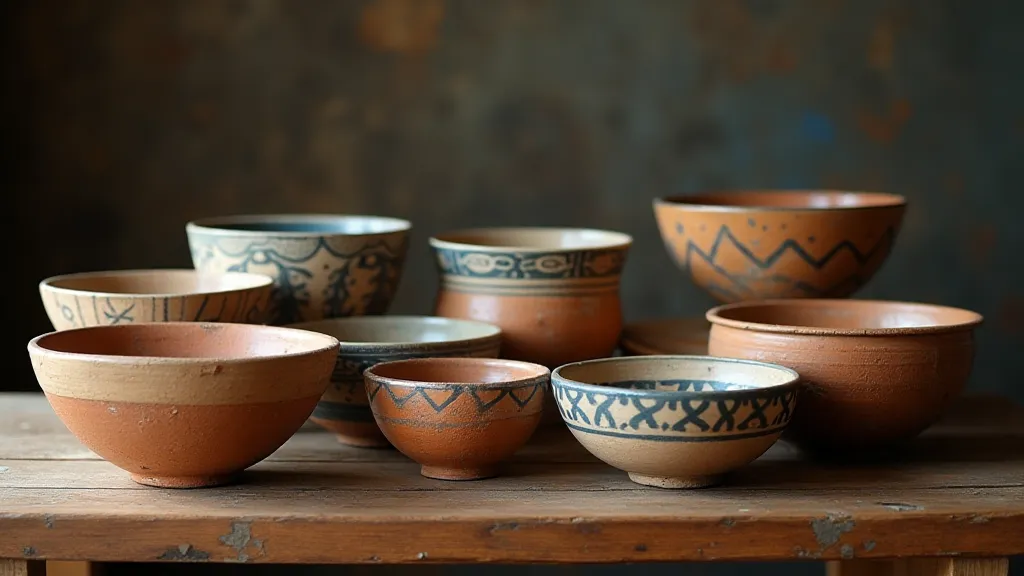
Collecting & Preservation: A Connection to the Past
For those drawn to the beauty and history of regional pottery, collecting can be a deeply rewarding pursuit. However, understanding the nuances of color and technique is crucial. Genuine antique pieces will often bear the marks of their creation – slight imperfections, variations in glaze thickness, and the subtle patina of age. Be wary of overly perfect pieces, as they may be reproductions. The beauty lies in the individual character of each piece, a tangible reminder of the human hand and the processes of creation.
Restoration is a delicate matter. While cleaning is generally acceptable, attempting to repair cracks or re-glaze a piece can diminish its value and historical integrity. Often, preserving the existing character of the piece is the most respectful approach. A cracked piece still tells a story; it’s a testament to its age and the journey it has taken. It's a physical manifestation of time's passage, a record of the pottery's existence in the world. The concept is beautifully encapsulated within the Japanese aesthetic of embracing imperfection and impermanence – a sensibility that informs much of the pottery’s enduring appeal.
The Enduring Legacy
The colors of regional pottery are more than just aesthetics; they are embodiments of history, culture, and craftsmanship. They speak of a time when potters were intimately connected to their environment, relying on natural materials and traditional techniques to create vessels that were both functional and beautiful. By appreciating these colors, we gain a deeper understanding of the people who created them and the rich cultural heritage they represent. The artistry isn't just about the finished product; it's about the process itself—the careful selection of materials, the mastery of technique, and the deep connection to the land. The influence of the environment echoes through the forms and colors of these vessels, acting as a tangible link to the past and the people who shaped them.
The interplay of tradition and innovation continues to shape the world of pottery today. Contemporary artists are drawing inspiration from historical techniques, while also pushing the boundaries of the craft with new materials and approaches. The legacy of regional pottery remains vibrant, a testament to the enduring power of human creativity and the profound connection between art and the natural world. It's a field ripe for exploration; a study of these traditions reveals a tapestry of culture and ingenuity—a silent testament to the power of regional artistry. To dive deeper into the innovative interpretations of these age-old traditions, explore The Crucible of Adaptation: Modern Interpretations of Regional Pottery.
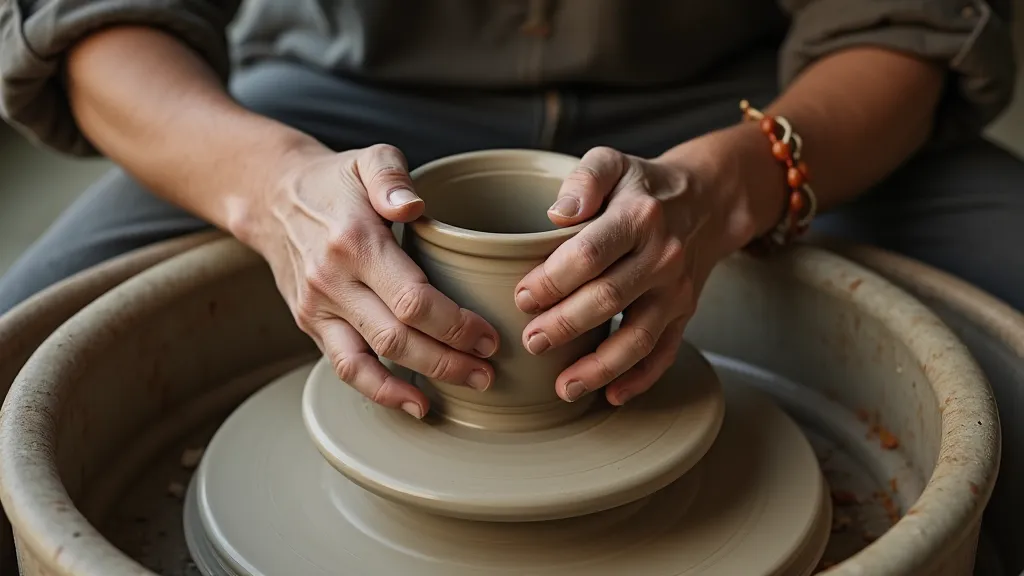
The story of pottery is the story of our connection to the earth, and the ingenuity of human hands. To further appreciate this symbiotic relationship, one may find solace in The Silent Dialogue: Pottery and the Natural Landscape. And for those seeking to expand their collections, understand how to protect this heritage; The Weight of Memory: Preserving Regional Pottery Collections provides essential guidance.
